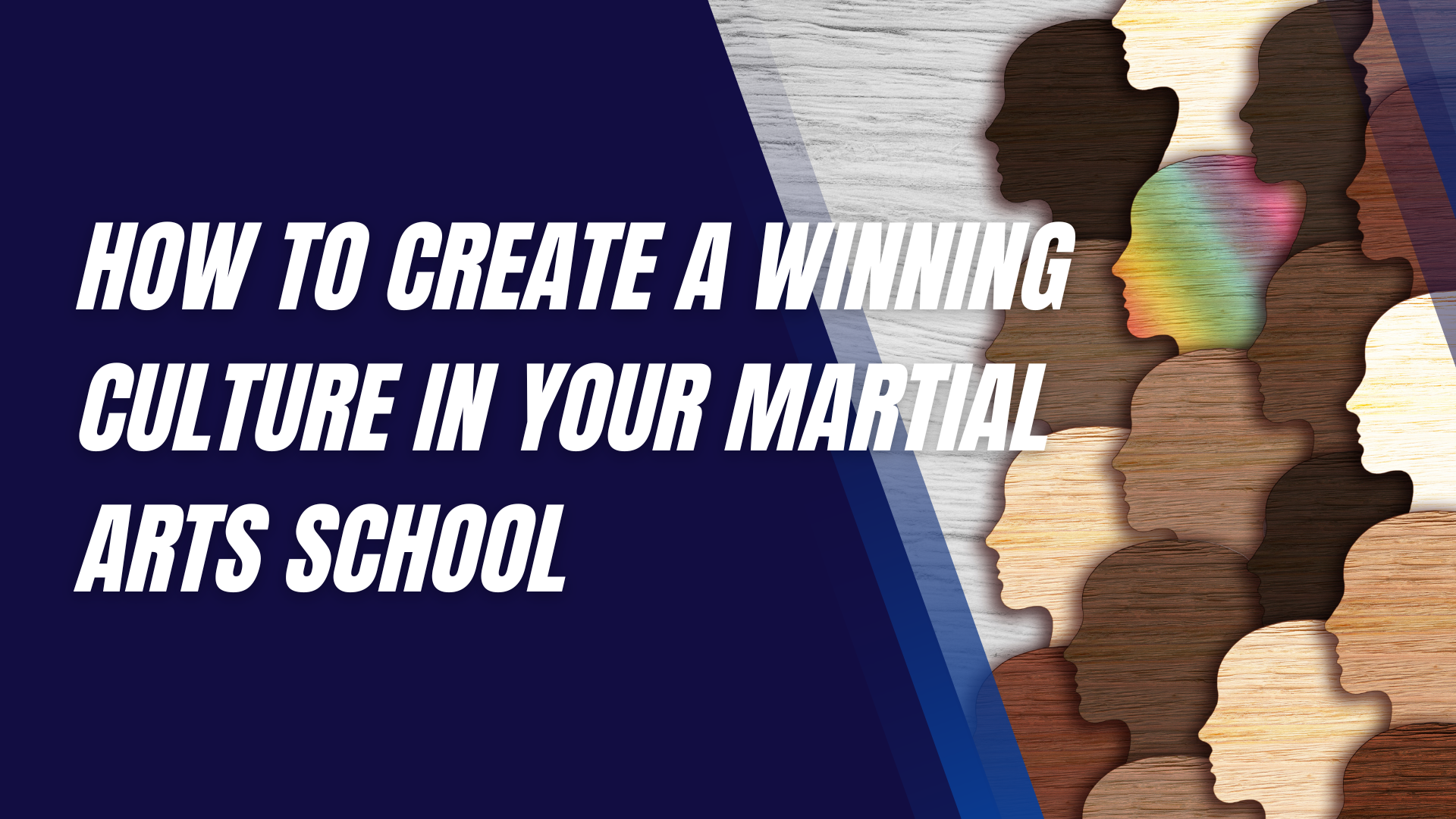How to Choose the Right Martial Arts Protective Gear
When you step into the dojo or ring, the last thing you want to worry about is your safety.
That's where protective gear comes in. Choosing the right martial arts protective gear is crucial for preventing injuries and ensuring you can train effectively. Whether you're into striking, grappling, or mixed martial arts, each discipline has specific gear requirements. Let's dive into how you can choose the best protective gear for your needs.
Understanding the Importance of Protective Gear
Safety First: Why Protective Gear Matters
Preventing Injuries
In martial arts, injuries can range from minor bruises to serious head trauma. Protective gear, like helmets and mouthguards, is designed to absorb and distribute impact, reducing the risk of injury. Wearing the right gear helps prevent concussions, broken bones, and other injuries that can sideline you for weeks or even months.
Enhancing Performance
Wearing protective gear isn't just about safety; it also allows you to perform better. Knowing that you're protected gives you the confidence to execute techniques more aggressively and accurately. This is especially important in sparring sessions where real contact is made.
Types of Martial Arts and Their Gear Requirements
Striking Martial Arts
In striking martial arts like boxing, Muay Thai, and Taekwondo, headgear, mouthguards, gloves, and shin guards are essential. These protect against strikes to the head, face, and lower legs.
Grappling Martial Arts
For grappling arts such as Brazilian Jiu-Jitsu and Judo, the emphasis is on protecting joints and preventing mat burns. Knee pads, elbow pads, and sometimes headgear are commonly used.
Mixed Martial Arts (MMA)
MMA combines striking and grappling, so practitioners need a mix of both types of protective gear, including gloves, mouthguards, shin guards, and headgear.
Headgear
Types of Headgear
Full-face Headgear
Full-face headgear offers the most comprehensive protection, covering the cheeks, chin, and sometimes the nose. It's ideal for beginners and those involved in heavy sparring.
Open-face Headgear
Open-face headgear provides better visibility and is often preferred by more experienced fighters who need to see their opponent clearly. It offers less protection than full-face but is lighter and less restrictive.
Material and Construction
Look for headgear made from high-quality leather or synthetic materials with ample padding. The construction should ensure even distribution of impact and durability over time.
Fit and Comfort
Headgear should fit snugly without being too tight. Adjustable straps help achieve a secure fit, and inner linings should be soft to prevent skin irritation.
Mouthguards
Importance of Mouthguards
Mouthguards protect your teeth, gums, and jaw from impact. They are essential in any martial art involving striking.
Types of Mouthguards
Stock Mouthguards
These are pre-formed and ready to use but often provide the least comfort and protection. They are the most affordable option but are not recommended for serious training.
Boil-and-Bite Mouthguards
These offer a better fit than stock mouthguards. You soften them in boiling water and then bite into them to mold to your teeth. They provide good protection and comfort.
Custom-fitted Mouthguards
Custom-fitted mouthguards are made by a dentist and offer the best fit and protection. They are the most expensive option but worth the investment for serious martial artists.
Chest Protectors
Types of Chest Protectors
Hard Shell
Hard shell chest protectors provide maximum protection and are typically used in full-contact martial arts. They are durable but can be restrictive.
Soft Shell
Soft shell protectors are more flexible and comfortable but offer less protection than hard shells. They are suitable for light sparring and training.
Fit and Adjustability
Chest protectors should cover the vital areas without hindering movement. Adjustable straps help achieve a secure and comfortable fit.
Material and Durability
Choose materials that offer a balance between protection and flexibility. High-quality synthetic materials or reinforced leather are good options for durability.
Gloves
Types of Martial Arts Gloves
Boxing Gloves
Boxing gloves are heavily padded and designed to protect the hands and wrists during punches. They come in various weights and sizes.
MMA Gloves
MMA gloves are lighter and allow for more hand mobility, essential for grappling. They offer less padding than boxing gloves but are necessary for MMA training and competition.
Sparring Gloves
Sparring gloves have extra padding to protect both you and your sparring partner. They are designed for practice sessions rather than competition.
Choosing the Right Size
Glove size is typically determined by your body weight and hand size. It's important to try on different sizes to find the best fit.
Padding and Protection
Ensure the gloves have sufficient padding around the knuckles and wrist area. Good wrist support is crucial to prevent injuries.
Shin Guards
Types of Shin Guards
Cloth Shin Guards
These are lightweight and provide minimal protection. They are usually used in light training or for beginners.
Leather Shin Guards
Leather shin guards offer excellent protection and durability. They are ideal for intense training and sparring sessions.
Synthetic Shin Guards
Synthetic materials offer a good balance between protection and cost. They are more affordable than leather but can be just as durable.
Fit and Comfort
Shin guards should fit snugly around your shin and calf without slipping. Adjustable straps or elastic bands help achieve a secure fit.
Level of Protection
Choose shin guards with ample padding, especially around the shin bone and instep. The level of protection should match the intensity of your training.
Groin Protectors
Types of Groin Protectors
Hard Cup
Hard cups offer the best protection and are essential for full-contact sports. They are usually made from rigid plastic or metal.
Soft Cup
Soft cups are more comfortable but offer less protection. They are suitable for light sparring and training.
Fit and Comfort
Groin protectors should fit securely without being too tight. Look for adjustable waistbands and soft lining for added comfort.
Material and Durability
Choose groin protectors made from durable materials that can withstand repeated impact. High-quality synthetic or reinforced plastic are good options.
Foot Protection
Types of Foot Gear
Foot Pads
Foot pads provide protection for the top of the foot and the toes. They are essential for striking martial arts like Taekwondo.
Ankle Guards
Ankle guards offer support and protection for the ankle joints, reducing the risk of sprains.
Fit and Comfort
Foot protection should fit snugly without restricting movement. Look for breathable materials to prevent sweating and discomfort.
Level of Protection
Ensure the foot gear provides sufficient padding and support for your specific martial art. The protection level should match your training intensity.
Hand Wraps
Importance of Hand Wraps
Hand wraps provide additional support for the wrists and knuckles, reducing the risk of injuries. They are essential for any striking martial art.
Traditional Hand Wraps
These are long, elastic bands that you wrap around your hands and wrists. They offer excellent support and protection.
Quick Wraps
Quick wraps are easier to put on and take off. They provide less support than traditional wraps but are convenient for quick training sessions.
How to Properly Wrap Your Hands
Proper wrapping technique is crucial for maximizing protection. Make sure to wrap the knuckles, wrists, and thumbs securely.
Elbow and Knee Pads
Importance of Elbow and Knee Pads
Elbow and knee pads protect the joints from impact and abrasions, crucial for both striking and grappling martial arts.
Slip-on Pads
These are easy to put on and provide a good level of protection. They are suitable for light to moderate training.
Velcro Pads
Velcro pads offer a more secure fit and are adjustable. They are ideal for intense training and sparring.
Fit and Comfort
Pads should fit snugly without restricting movement. Look for breathable materials and secure fastenings.
Choosing the Right Size and Fit
Measuring for Protective Gear
Accurate measurements are essential for finding the right fit. Use a measuring tape to measure relevant body parts.
Trying Before Buying
Whenever possible, try on gear before purchasing to ensure a proper fit and comfort.
Importance of Proper Fit
Improperly fitted gear can lead to discomfort and reduced protection. Ensure all gear fits correctly to maximize safety and performance.
Material and Durability
Common Materials Used
Protective gear is made from various materials, including leather, synthetic fabrics, and plastics. Each material has its pros and cons.
Durability Considerations
High-quality materials generally offer better durability. Consider the intensity and frequency of your training when choosing gear.
Maintenance Tips
Proper care and maintenance can extend the life of your gear. Clean regularly and store in a dry, cool place.
Budget Considerations
Balancing Cost and Quality
While it's tempting to go for the cheapest option, investing in high-quality gear can save you money in the long run by lasting longer and providing better protection.
Where to Find Deals
Look for sales, discounts, and second-hand options to save money without compromising on quality.
Investing in High-Quality Gear
High-quality gear offers better protection and durability, making it a worthwhile investment for serious martial artists.
Final Thoughts
Choosing the right martial arts protective
gear is essential for your safety and performance. By understanding the specific requirements of your martial art and considering factors like fit, material, and budget, you can make an informed decision. Remember, the right gear not only protects you but also enhances your
training experience.
Interested in trying a martial arts class? Find an affiliated academy anywhere in the country by clicking here.
Have your own martial arts program? Get to know more about what we have to offer at Ground Standard Agency for helping martial arts businesses grow.
Email us at info@groundstandard.com, or call and text us at (732) 907-8920 today to learn how to start growing your own academy, school, dojo, or gym with us as well.
Share this article












